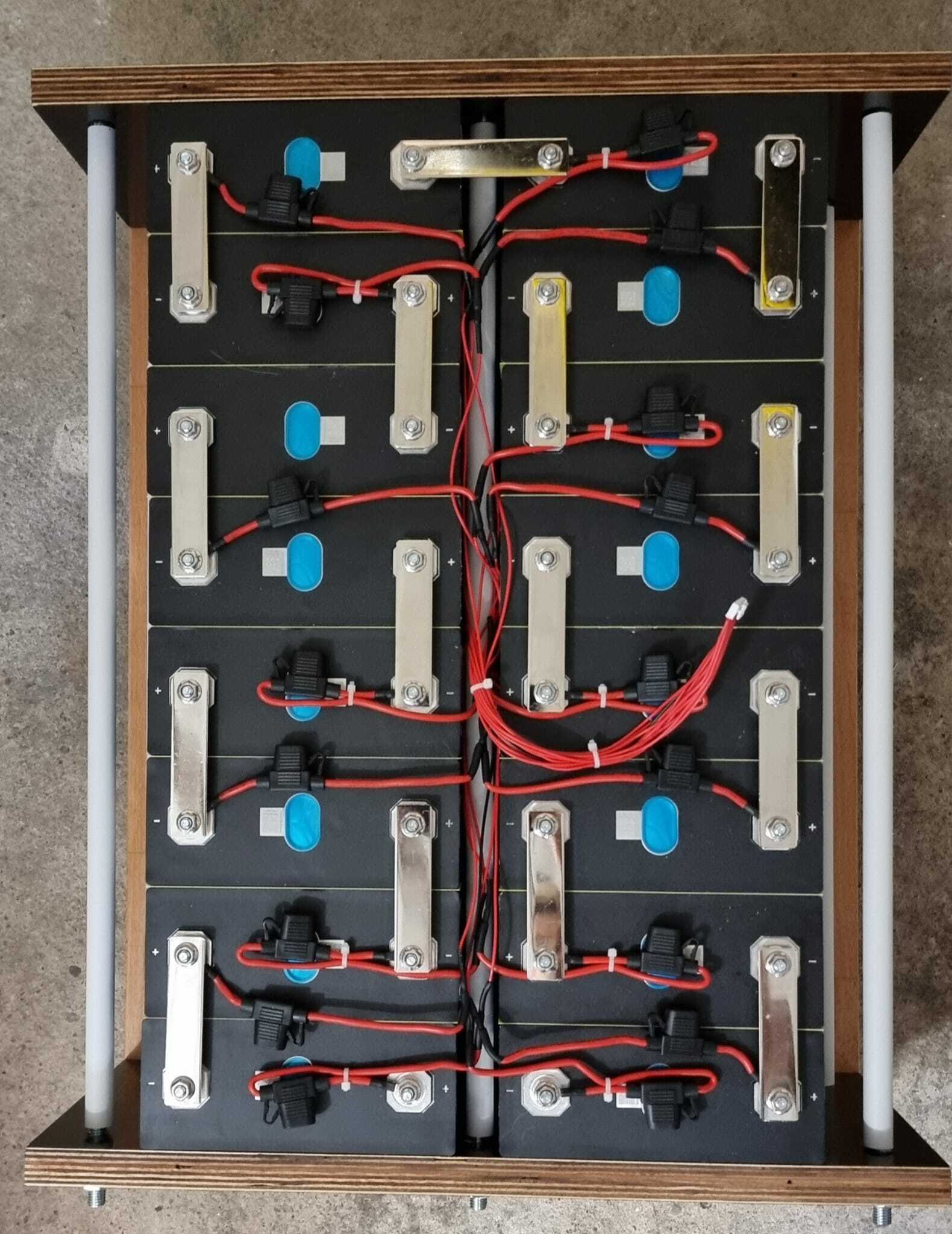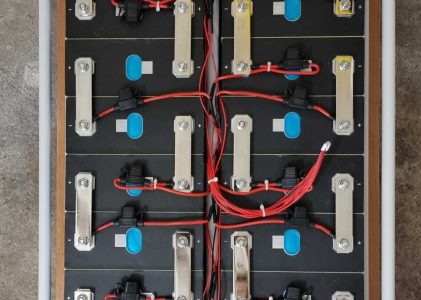The cost of household battery packs varies due to various factors, including battery type, capacity, brand, and technological level. Generally speaking, the cost of household battery packs is mainly composed of material costs, manufacturing costs, etc. The following is a specific analysis of the cost of household battery packs:
1. Battery type and cost:
Lithium batteries are widely used in household energy storage systems due to their significant advantages such as high energy density, low self discharge rate, and long cycle life. Among them, lithium iron phosphate batteries are favored due to their excellent safety and ability to stably store and release electrical energy in conventional usage environments.
Ternary lithium batteries are also a common type of household battery, with a large proportion of positive electrode materials in their cost composition, up to 30% -40%. Due to the presence of relatively high priced and volatile metal elements (such as cobalt, nickel, etc.) in the ternary material system, the cost of positive electrode materials is relatively high and unstable.
2. Capacity and Cost:
The capacity span of household battery packs is large, ranging from 3-5 kWh to several tens of kWh. The specific configuration depends on user needs and system design. Generally speaking, the larger the battery capacity, the higher the cost.
3. Brand and technical level:
The prices of batteries may vary among different brands and regions. Some well-known brands or high-end technology batteries may have relatively high costs. But with the development of technology and the expansion of scale, the cost of batteries is expected to decrease in the future.
4. Other cost factors:
In addition to material and manufacturing costs, the cost of household battery packs may also include transportation costs, installation costs, and post maintenance costs. These costs vary depending on specific circumstances and need to be comprehensively considered in practical applications.
In summary, the cost of household battery packs is influenced by various factors and cannot be given a specific numerical value. But by understanding factors such as battery type, capacity, brand, and technological level, a rough estimate of battery cost can be made. Meanwhile, with the continuous advancement of technology and the gradual maturity of the market, the cost of household battery packs is expected to further decrease in the future.

